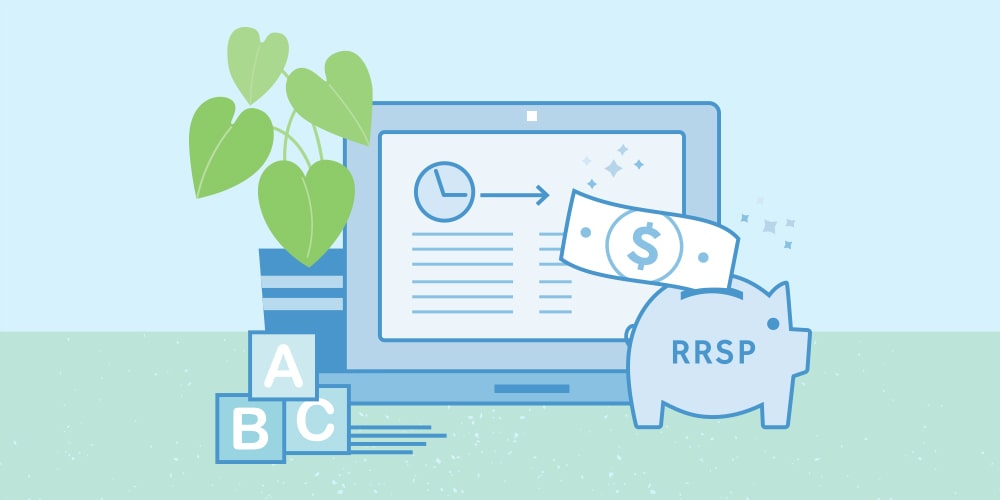No matter what’s happening in the markets, a Registered Retirement Savings Plan (RRSP) is still one of the best ways to save for retirement. You get tax benefits plus the benefit of compound interest working for you. So, here’s how to make the most of your RRSP.
Save automatically
If you act on only one idea here, make it this one. The difference between retirement peace of mind and stress isn’t how much money you make or how smart you are, but how well you conquer the all-too-human tendencies to procrastinate and under-save. Pay yourself first with automatic, regular contributions from your chequing account to your RRSP.
With a pre-authorized contribution (PAC) plan you can contribute as little as $50 weekly, monthly or semi-annually — whichever is right for you. If your RRSP is invested in the market, you’ll get the advantage of dollar cost averaging, you’ll probably save more and you won't be scrambling to meet the RRSP deadline.
Start early
It’s practically the universal law of saving—start early. You’ll get time and compounding working for you, which can make a big difference to how much you need to save. A person making $50,000 who wants an annual retirement income of $40,000 needs to put aside about 8% of their salary each year if they’re starting to save at age 25, but 22% if they’re starting at age 50.
Save sooner
For any given tax year, you can contribute to your RRSP from January 1 of the calendar year until 60 days into the following year. Make your contribution as early in the year as possible instead of leaving it until the 60th day of the following year when the RRSP deadline is looming. You’ll benefit from up to 14 extra months of tax-deferred compounded growth.
Save the max
Take full advantage of RRSPs by contributing your maximum. Your RRSP contribution limit is calculated each year and any unused RRSP contribution room is carried forward indefinitely. Check your Canada Revenue Agency (CRA) Notice of Assessment for your total allowable contributions.
If you don’t have the money, consider borrowing to save with an RRSP loan or using a line of credit. You'll pay interest, but the compounding growth of your money over the long term may far offset the interest costs. Another smart move is to use your tax refund to pay down the amount you borrowed.
Catch up
Life happens, and you might find yourself unable to contribute the maximum to your RRSP for a period. What’s important is to use up your carried forward contribution room as soon as possible. If you can’t catch up in one lump sum, consider borrowing. Once you’ve caught up, follow these tips to stay on top of your RRSP contributions.
Save for your spouse
If you’re the family’s higher income earner, you can invest some or all your contributions in your spouse’s RRSP and claim the tax deduction. The big benefit comes at retirement when more equalized nest eggs can reduce your combined tax bite and mean more cash to live on.
Name a beneficiary
If you don’t name a beneficiary, your RRSP will be considered part of your estate and be subject to probate, taxes and other fees. In some cases that can reduce its value by almost 50%. If you name your spouse or a dependent child/grandchild as the beneficiary, your RRSP transfers to them tax-free.
Get advice
Whether you’re new to investing or a seasoned veteran, it’s always a good idea to get professional advice. Servus wealth advisors can provide you with expert insight and help you make informed decisions about your RRSP.
Already a member? Investing is quick and easy through online banking!


